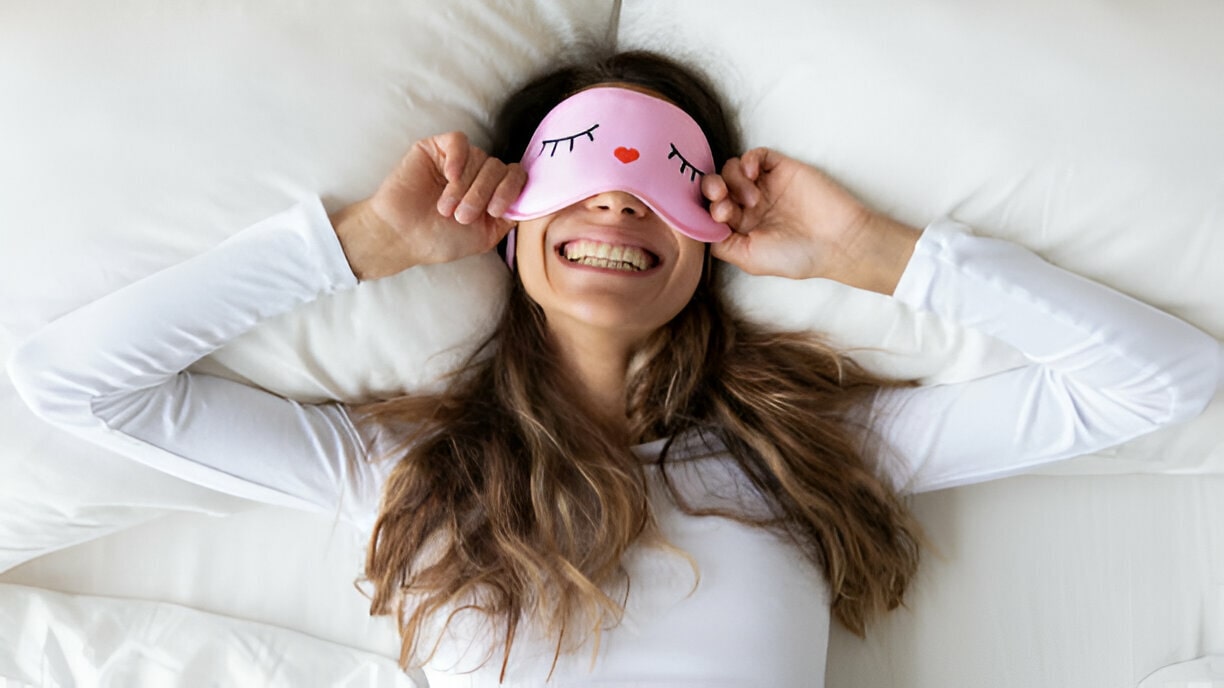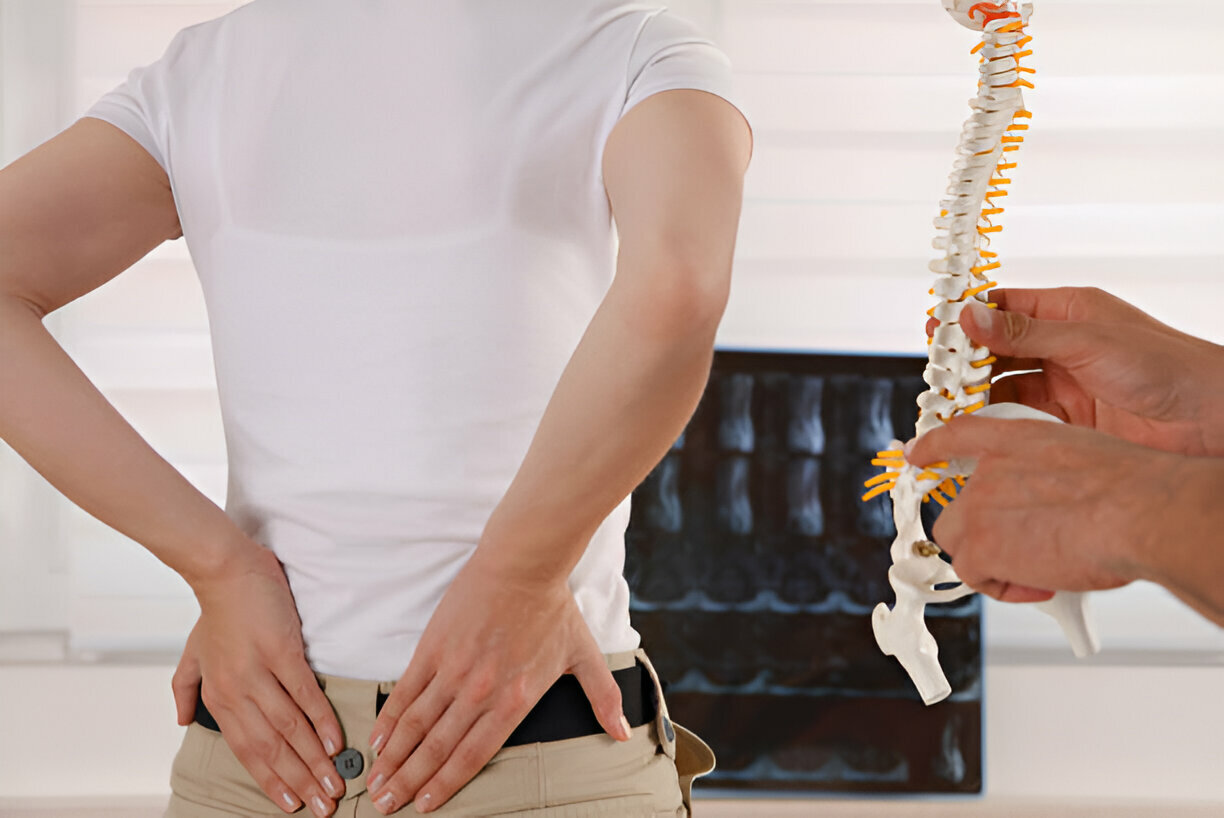Sleep disorders can deprive you of the necessary rest you need to maintain good physical and mental health during the day. Thankfully, chiropractic care can assist in improving your sleep quality.
Stay on this blog; you will learn about everything related to chiropractic and sleep. Keep reading!

Rest Is Critical to Good Health
Do you have trouble sleeping at night? Do you think you haven’t slept properly in many days? Well, there is a chance you might be missing out on your sleep schedule. This can cause chronic sleep deprivation, which leads to a whole host of health problems.
It includes daytime fatigue, irritability, difficulty concentrating, delayed reaction time, a weakened immune system, and memory issues. Insufficient sleep impairs your cognitive abilities and reduces your responsiveness.
For example, this cognitive delay can be dangerous while driving a car or on the job. Living life to the fullest can be challenging when you are constantly fatigued and unrested.
Sleep deprivation has an accumulative effect, meaning that the negative impacts of sleeplessness worsen with each subsequent night of poor rest.
This can increase your risk of developing several serious medical conditions over time, including stroke, seizures, heart attack, high blood pressure, weakened immune system, diabetes, depression, and anxiety. Lack of sleep can also affect your work or school performance, memory, and judgement.
How Chiropractic Care Is Ideal For Better Sleep
Chiropractic adjustments can help with sleep issues. Almost one-third of people who have received a chiropractic adjustment report immediate improvements in their sleep.
Benefits of regular chiropractic care include:
● Easing muscle tension that causes restlessness
● Relaxing the body
● Relieving pain and discomfort
● Stimulating circulation and blood flow
● Improving central nervous system function
Following a thorough evaluation, a skilled chiropractor can also provide advice on a better sleeping position, postural exercises, a supportive mattress, and an ergonomic pillow to help you sleep well.
Chiropractic Care Can Help Treat Sleep Disorders
Patients with some common yet serious sleep disorders are also finding relief with the help of ongoing chiropractic care.

Insomnia
Insomnia is a common sleep disorder that can be caused by various factors such as medical conditions, unhealthy sleep habits, substance use, and physical discomfort. Chronic neck and back pain are also among the medical conditions that can lead to insomnia.
Chiropractic care can be a relief for insomnia. Treating insomnia by addressing spinal misalignments is called subluxations.
Chiropractors use targeted adjustments to correct these misalignments, which can improve the quality of sleep. Studies suggest that this therapy can also relieve pain and balance the dopamine and serotonin levels in the brain.
Sleep Apnoea
Obstructive sleep apnoea occurs when soft tissues inside the mouth and throat relax during sleep and block the upper airway.
Sleep apnoea causes breathing pauses during sleep, leading to low oxygen levels. Chiropractic therapy can correct misalignments and improve breathing. Patients should discuss with their doctor and include chiropractic care in their sleep health treatment plan.
Final Thoughts
Getting enough rest is important for our overall health. Lack of sleep leads to immediate consequences such as fatigue and irritability, and poses significant long-term risks to health.
Chiropractic care can help improve sleep quality and address sleep disorders. Chiropractors can alleviate muscle tension, relieve pain, and enhance relaxation, promoting better sleep.
Individuals can optimise their overall health and quality of life by prioritising rest and integrating chiropractic care into sleep health regimens. Speaking of chiropractors, you can get in touch with a professional chiropractor in Greenacre through Synergy Spine & Health!








